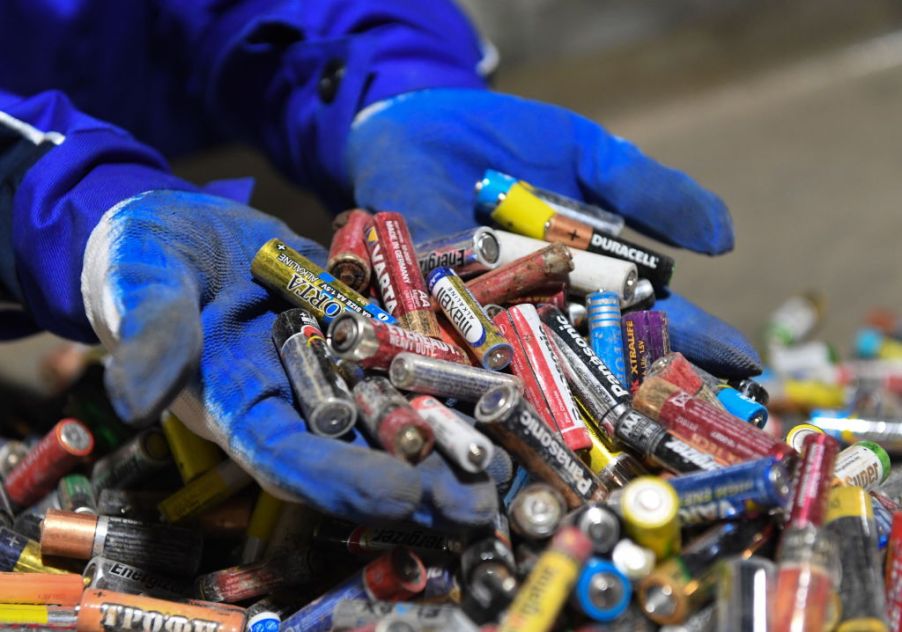
Who Will Fix The Filthy Part Of Electric Vehicles?
Are electric vehicles that clean when you factor in what happens to the batteries once they stop functioning? If we end up with fields stacked 10 high with used, bricked EV batteries how clean is that? So, who will fix the filthy part of electric vehicles: what to do with those nasty battery blues?
There are a lot of electric vehicle companies just coming online to the extent there will soon be millions of EVs floating around the world. The owners are happy knowing they’re getting good transportations and keeping the air clean at the same time. Until they’re faced with what to do about that old, dead battery.
A number of start-ups are trying to solve that problem. One of those start-ups was started by the former CTO of Tesla, so he should know something about what to do with batteries. He’s Redwood Materials founder JB Straubel. Redwood melts down old batteries to get the raw materials to be sold back to battery makers. It seems like that should also be part of what battery companies do. But, they don’t. So Redwood is filling a huge vacuum.
Lithium-ion production has increased 10 times in the past 10 years

Lithium-ion production has increased 10 times in the past 10 years. That material is a lot of what makes up these batteries. And just now the first wave of EVs are seeing their batteries go dead. There are various predictions that show a 500-1,000% increase in EV numbers in the next decade. And each one of those EVs has thousands of small cells that make up the bulk of the EV power.
“The major opportunity is to think of this material for reuse and recovery,” Straubel told Wired. “With all these batteries in circulation, it just seems super obvious that eventually, we’re going to build a remanufacturing ecosystem.” In the past, there were none-environmental means for removing the organics and plastics that are not wanted. But all of them involve burning out what isn’t wanted and those methods result in a fair amount of pollution.
Redwood uses a combination of hydrometallurgy and pyrometallurgy for recovering the most valued metals. Batteries get cooked in converters. This separates the metals. Then, the energy left in the batteries drives the next step, which is the conversion process. What remains is sifted by filters through hydrometallurgical processes that leave the compounds that are then recycled.
The unique process can recover almost 100% of nickel, cobalt, aluminum, copper, and graphite

Straubel says with its unique process it can recover almost 100% of the nickel, cobalt, aluminum, copper, and graphite. As for lithium, recovery is around 80%. These materials can be recycled over and over. “We’re going to build a remanufacturing ecosystem for all those batteries,” says Straubel. “Material can get reused almost infinitely. There’s no inherent degradation to the metal atoms.”
The largest lithium-ion recycler in North America is Canada’s Li-Cycle. It recovers battery compounds differently than Redwood. It uses leaching rather than the smelting-type of methods Redwood uses. But the bottom line is that Li-Cycle uses a “hub and spoke” strategy.
Different sites in the US and Canada preprocess the batteries into an organic stew so to speak. This mix is then taken to one main processing hub where the organics are separated and refined. Because the feds categorize old batteries as Class 9 hazardous material, there are an array of shipping restrictions. So the Li-Cycle method works around getting the spent batteries to where they are processed.
Technology is changing fast

Technology is changing fast. Cobalt, which is the most expensive compound of EV batteries, may soon be eliminated as battery techniques improve. Without it do these new recyclers have enough profit left to make their businesses work? With 10 years of EVs already on the road and more on the way, there should be rare materials to recycle for at least the immediate future.
As old technologies die new ones create more opportunities. That’s part of the point of the green revolution. Solar energy is in a similar expansion and evolution mode. It’s a landscape that is just now starting to see lots of opportunities for both making products and money, but also industries that employ lots of labor.



